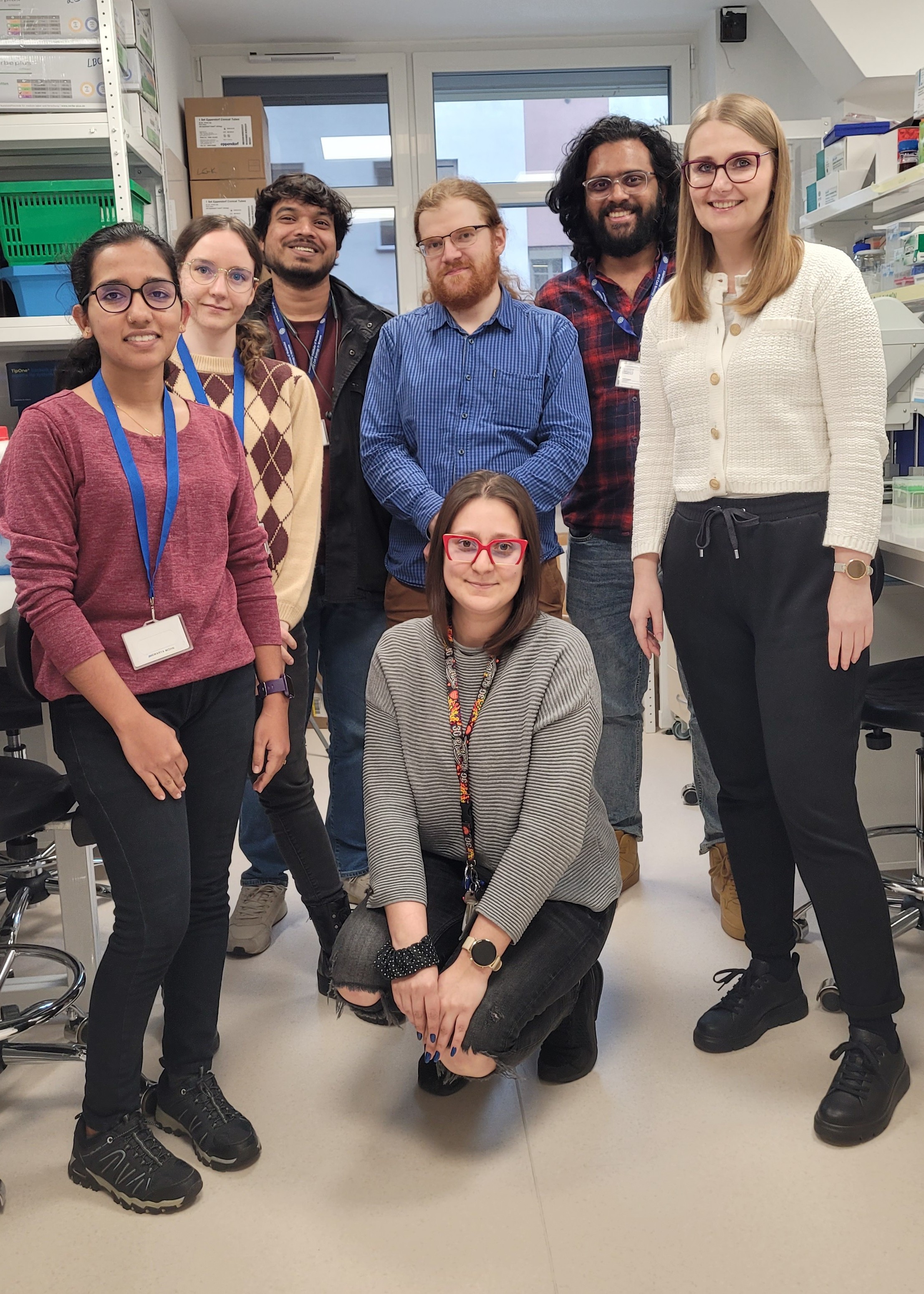Our lab investigates the molecular choreography of post-transcriptional gene regulation in bacteria, focusing on the critical moments when these networks are challenged by stress or viral attack. Our research spans from the molecular level, where we use single-molecule microscopy to visualize the assembly of protein-RNA complexes in real time, to the cellular level, where we use bacteriophages to identify novel antibacterial strategies. This integrated approach is applied to commensal and pathogenic E. coli as well as high-priority pathogens like antibiotic-resistant Acinetobacter baumannii.
Research Summary
Our research program deciphers the rules of bacterial gene expression across multiple scales. At the molecular level, we use biochemical methods and advanced single-molecule TIRF microscopy to dissect how small regulatory RNAs and the RNA chaperone Hfq function. By capturing real-time interactions between proteins, ribosomes, and RNAs, we seek to understand the fundamental principles governing bacterial gene expression. We then bridge this deep mechanistic insight to the systems level by studying the effects of bacteriophage infection. Here, we deploy transcriptomic and proteomic studies to reveal novel vulnerabilities that can be potentially targeted for antibacterial design. Our work is supported by a Sonata Bis grant from the National Science Centre, Poland and EMBO Installation Grant.
Scientific Impact
- Mechanistic insights: our work provides a mechanistic understanding of how sRNAs select targets and orchestrate gene silencing. By dissecting the dynamics of targeting and degradation, we move beyond static models to reveal fundamental principles of regulatory control in bacteria.
- Cutting-edge technology: we are using a state-of-the-art microscope to monitor single molecules in action. RNA targeting, translation, and degradation can be visualized simultaneously in real time.
- Potential applications: our work on phage-encoded factors targeting antibiotic-resistant bacteria may unlock new antimicrobial strategies against ESKAPE pathogens. Understanding sRNA design rules will enable the development of programmable bacterial regulators for synthetic biology, metabolic engineering, and targeted therapeutic interventions.
Future Goals
Looking ahead, our research will bridge fundamental discovery with therapeutic innovation. We aim to expand our single-molecule analysis to capture the entire regulatory journey of an mRNA, from its initial targeting by sRNA-Hfq complexes to its ultimate fate at the ribosome. We will leverage this deep mechanistic insight to dissect the phage-host arms race in more clinically relevant contexts, such as within ESKAPE pathogens.
Collaborations
We collaborate with Prof. Sander Granneman (University of Edinburgh) to integrate single-molecule visualization with in vivo protein-RNA mapping, and with Prof. Ben Luisi (University of Cambridge) to connect regulatory dynamics to the mechanics of RNA degradation.
Comment
"The central challenge of modern biology is to understand how molecular processes are interconnected at the molecular level within the cellular environment. We're tackling this by visualizing individual RNAs and proteins as they orchestrate bacterial gene regulation – a system of incredible precision and speed. Watching these decisions unfold one molecule at a time reveals the elegant strategies that have ensured bacterial survival for billions of years," says Ewelina Małecka.


